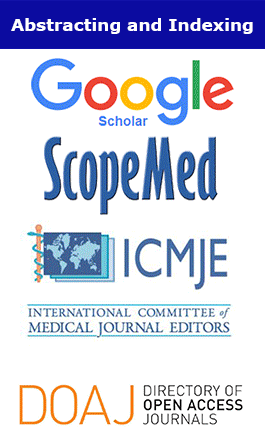Applied Medical Research. 2020;
7(2):(73-161)
A Case Report in Teenager Age: Is Lying Position a Trigger of Visual Sensations In Alice in Wonderland Syndrome?
Stefan Bittmann*, Elisabeth Luchter, Anne Weissenstein, Elena Moschüring-Alieva and Gloria Villalon
Abstract
Alice in Wonderland Syndrome (AIWS) was named after the description of Lewis Carroll
in his novel. In 1955, John Todd, a psychiatrist described this entity for the first time. Todd
described it as “Alice's Adventures in Wonderland” by Lewis Carroll. The author Carroll
suffered from severe migraine attacks. Alice in Wonderland Syndrome is a disorienting
condition of seizures affecting the visual perception. AIWS is a neurological form of seizures
influencing the brain, thereby causing a disturbed perception. Patients describe visual,
auditory and tactile hallucinations and disturbed perceptions. The causes for AIWS are
still not known exactly. Cases of migraine, brain tumors, depression episodes, epilepsy,
delirium, psychoactive drugs, ischemic stroke, EBV, mycoplasma and malaria infections
are correlating with AIWS like seizures. Neuroimaging studies reveal disturbance of brain
regions including the temporoparietal junction, the temporal lobe and the occipital lobe as
typical localization of the visual pathway. We present the case of a 17 years-old teenager
from Canada, who describes his experience with AIWS-like visual disturbances in detail. The
case report shed light on the presence of a lying position in Alice in Wonderland like visual
sensations.



